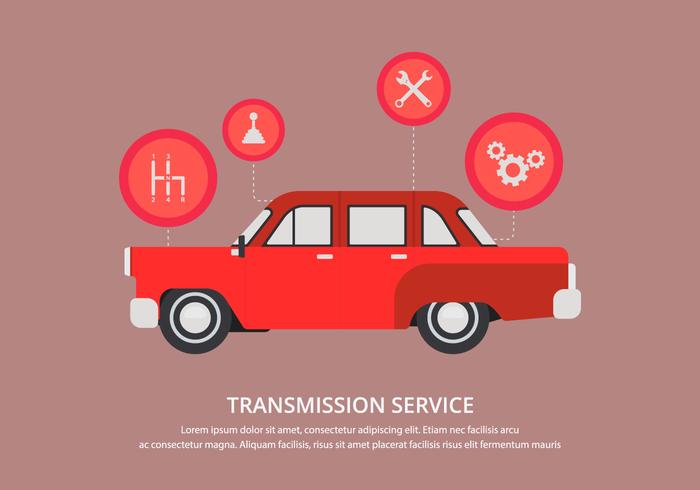Examining Your Cars And Truck'S Caution Indicators: What They Actually Convey
Examining Your Cars And Truck'S Caution Indicators: What They Actually Convey
Blog Article
Write-Up Writer-Lauritsen Gilbert
When you're behind the wheel, those radiant caution lights on your dashboard can be a bit bewildering. Do you know what they're trying to tell you about your car's health and wellness? Recognizing the relevance of these lights is vital for your security and the long life of your vehicle. So, the following time one of those lights pops up, would not you wish to understand its message accurately and take the essential actions to resolve it?
Common Caution Lighting and Interpretations
Recognize typical warning lights in your automobile and recognize their meanings to make sure risk-free driving.
One of the most normal caution lights consist of the check engine light, which indicates issues with the engine or discharges system. If this light begins, it's crucial to have your lorry checked without delay.
The oil stress alerting light indicates reduced oil stress, calling for immediate focus to prevent engine damage.
A blinking battery light could suggest a damaged billing system, potentially leaving you stranded otherwise dealt with.
ceramic coating near me tracking system (TPMS) light notifies you to reduced tire stress, affecting car stability and fuel performance. Disregarding this can lead to dangerous driving conditions.
The abdominal muscle light suggests an issue with the anti-lock braking system, endangering your ability to quit promptly in emergencies.
Last but not least, the coolant temperature level warning light warns of engine getting too hot, which can lead to severe damages if not dealt with promptly.
Comprehending these typical warning lights will assist you attend to problems quickly and keep safe driving problems.
Importance of Prompt Interest
Comprehending the typical warning lights in your car is only the initial step; the value of immediately attending to these warnings can not be highlighted sufficient to guarantee your safety when driving.
When a warning light illuminates on your dashboard, it's your automobile's way of connecting a possible issue that needs attention. Neglecting these cautions can bring about much more extreme troubles later on, endangering your safety and potentially costing you a lot more in repairs.
Motivate interest to alerting lights can avoid break downs and crashes. For instance, a blinking check engine light might show a misfire that, if left neglected, can trigger damages to the catalytic converter. Addressing this immediately can save you from an expensive repair work.
In a similar way, a brake system warning light might signal low brake fluid or worn brake pads, important elements for your safety and security when driving.
DIY Troubleshooting Tips
If you observe a caution light on your control panel, there are a few do it yourself repairing tips you can attempt prior to looking for expert help.
The primary step is to consult your cars and truck's handbook to understand what the details caution light suggests. In https://andypkfau.elbloglibre.com/32069903/exceptionally-practical-mobile-auto-describing-services-not-only-save-you-money-and-time-but-likewise-improve-your-automobile-s-long-life-uncover-exactly-how-they-can-transform-your-regular can be as basic as a loose gas cap causing the check engine light. Tightening up the gas cap might resolve the trouble.
cargroombotany is a low battery, which can trigger numerous advising lights. Inspecting the battery links for deterioration and ensuring they're safe may deal with the issue.
If a caution light persists, you can attempt resetting it by separating the car's battery for a few mins and after that reconnecting it. In addition, examining your car's fluid degrees, such as oil, coolant, and brake liquid, can help fix advising lights connected to these systems.
Final thought
In conclusion, understanding your automobile's caution lights is crucial for keeping your car running smoothly and securely. By promptly addressing these informs and knowing what they indicate, you can avoid costly repair services and prospective failures.
Bear in mind to consult your vehicle's manual for particular details on each warning light and do something about it accordingly to make certain a hassle-free driving experience.
Keep notified, remain safe when driving!
